Hitler and Spain
TO LOIS
Hitler and Spain
The Nazi Role in
the Spanish Civil War
1936-1939
ROBERT H. WHEALEY

Publication of this volume was made possible in part
by a grant from the National Endowment for the Humanities.
Copyright 1989 by The University Press of Kentucky
Paperback edition 2005
The University Press of Kentucky
Scholarly publisher for the Commonwealth,
serving Bellarmine University, Berea College, Centre
College of Kentucky, Eastern Kentucky University,
The Filson Historical Society, Georgetown College,
Kentucky Historical Society, Kentucky State University,
Morehead State University, Murray State University,
Northern Kentucky University, Transylvania University,
University of Kentucky, University of Louisville,
and Western Kentucky University.
All rights reserved.
Editorial and Sales Offices: The University Press of Kentucky
663 South Limestone Street, Lexington, Kentucky 40508-4008
www.kentuckypress.com
The Library of Congress has cataloged the hardcover edition as follows:
Whealey, Robert H., 1930
Hitler and Spain: the Nazi role in the Spanish Civil War,
1936-1939 / Robert H. Whealey.
p. cm.
Bibliography: p.
Includes index.
ISBN 0-8131-1621-X
1. SpainHistoryCivil War, 1936-1939Participation, German.
2. GermanyForeign relationsSpain. 3. SpainForeign relations
Germany. 4. GermanyForeign relation1933-1945. 5. Germans
SpainHistory20th century. 6. World War, 1939-1945Causes.
7. Hitler, Adolf, 1889-1945. I. Title.
DP269.47.G3W46 1989
Paper ISBN 0-8131-9139-4
This book is printed on acid-free recycled paper meeting
the requirements of the American National Standard
for Permanence in Paper for Printed Library Materials.

Manufactured in the United States of America.

| Member of the Association of
American University Presses |
Contents
Tables
Figures
Maps
Preface
This book examines three basic questions. First, what role did Adolf Hitler play in bringing Francisco Franco to power in Spain? Second and third, during the years of the Spanish upheaval, what gains did the Fhrer of Nazi Germany make in the European balance of power generally, and in Francos Spain specifically? In the decisive years of 1936-1939, Hitler made his Spanish decisions in four interrelated areas: political, military, ideological, and economic. This book traces the complex paths of development in each of these areas.
Franco and Hitler both won the Spanish Civil War. Generalissimo Francos victory was a classic conquest. The Fhrers victory proved more tenuous, although geographically broader. Despite, or perhaps because of, his lesser commitment than his Axis cohort, Benito Mussolini, Hitlers Spanish experiment succeeded spectacularly from July 1936 through March 1939.
Hitler was not a scientific experimenter; his mentality was essentially that of a daring gambler. But in a figurative sense he was experimenting with Spain, compared to his deep ideological commitments to territorial expansion in Eastern Europe. As the events unfolded on a day-to-day basis, the Nazis as a whole during 1936-39 were mostly adventurers in Spain, relative to the more serious demands they were making elsewhere. On the other hand, Hitlers Spanish venture was calculated in the sense that General Hermann Gring, Admiral Wilhelm Canaris, and merchant Johannes Bernhardt efficiently implemented Hitlers more limited commitments. They, like Hitler himself, had come out of World War I restless, venturesome. When other Great Powers shifted their attention to eastern Europe in March 1939, Hitlers use of Spain ran into increasing difficulties. That issue will be the focus of another work.
My archival research has concentrated on politics, economics, ideology, and military strategy. My understanding of military tactics, on the other hand, is based largely on secondary sources. Over the years I have tried to keep up with Spanish and German secondary accounts, as well as those in English. See the bibliographical note for more details.
My sincere thanks go to the many people who have aided me. Archivists who have helped with access to significant unpublished records include, at the National U.S. Archives, Patricia Dowling, Daniel Goggin, Meyer Fishbein, Milton Gustafson, Fred Pernell, James Primas, Gary Ryan, Howard Smyth, John Taylor, and Robert Wolf; of the Naval History staff, Dean Allard, F. Kent Loomis, Mildred Mayeax, and Harry E. Rilley; at the Freiburg Militrgeschichtliches Forschungsamt, Wilhelm Arenz, Gerd Brausch, Robert Endras, and Hans Maierhofer; of the staffs of the Archivo Histrico Nacional and the Servicio Histrico Militar, Jos Martnez Bande, in Madrid; and at the British Public Record Office, particularly Albert Harrington and C.P. Chalmers.
Thanks to the Library of Congress, especially Arnold Price; and the libraries of Columbia University, Harvard University (Widener), the University of Michigan, New York Public Library, Ohio State University, Ohio University, the University of Chicago, and the University of California at San Diego; the Hemeroteca Municipal and Hemeroteca Nacional in Madrid; the London School of Economics, the British Historical Institute and the British Museum; and the Kiel Weltwirtschaftsinstitut.
Thanks to the following people who aided my research in Spain: Miguel Santiago and Mara Jos Cosaga of the Ministry of Foreign Affairs; at the Joint American-Spanish Committee for Cultural and Educational Affairs, Ramn Bela, Thomas Middleton, and Ana Mara Mingote; Francisco Gadea-Oltra of the Ministry of Culture; and historians Vctor Morales Lezcano and Angel Vi as.
as.
Two Germans who were active participants in the events described in this book granted oral interviews: Dr. Helmuth Wohlthat and State Secretary of the Air Force Erhard Milch (both now dead).
I acknowledge gratefully the chairman of my doctoral committee at the University of Michigan, Professor Howard Ehrmann, and Charles Chatfield at Wittenberg University (Ohio).
To Donald Detwiler of Southern Illinois University; Robert Koehl and Stanley G. Payne of the University of Wisconsin; the late Henry M. Pachter of the City University of New York; Bradley F. Smith of Cabrillo State University, California; and Harry R. Stevens of Ohio University, special thanks for reading the entire manuscript at different times and making interpretive comments. Thanks to Herbert R. Southworth for suggestions about the bibliographical note and for copies of German records unavailable in the archives. Willard C. Frank of Virginia Commonwealth University, Norfolk, read ; to them, I am also indebted.
My sincere appreciation to my wife, Lois, and to Louise Allin, James Alsbrook, and John F. Cady of Ohio University, and Verbena Pastor and Anita Tuchrello for criticizing and proofreading. I acknowledge the financial aid of Ohio Universitys Research Committee and paid professional leave program, and the financial assistance of the Joint American-Spanish Committee for Cultural and Educational Affairs in 1977-78.


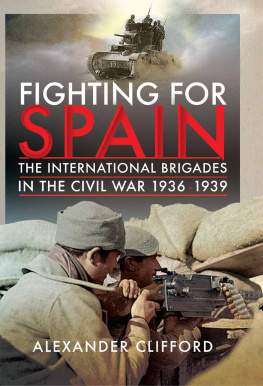
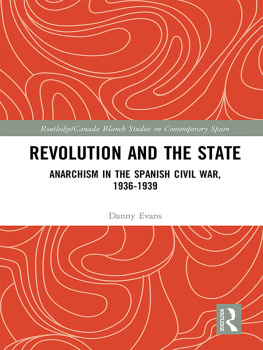

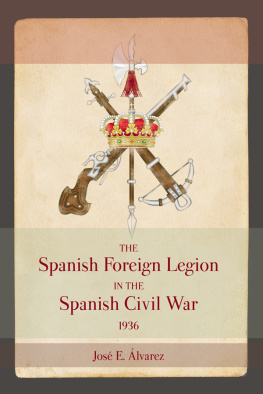
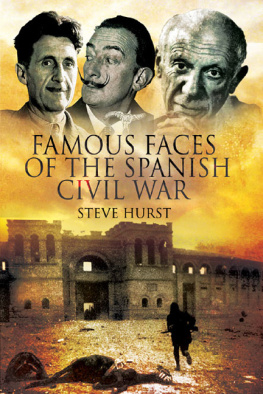
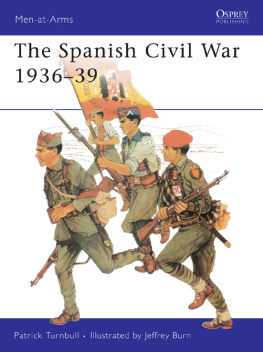
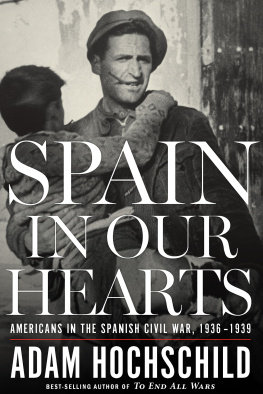
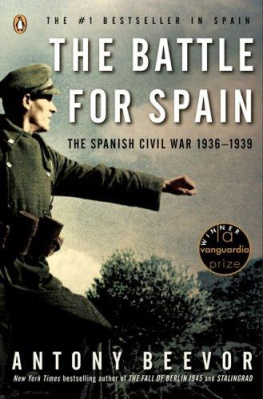
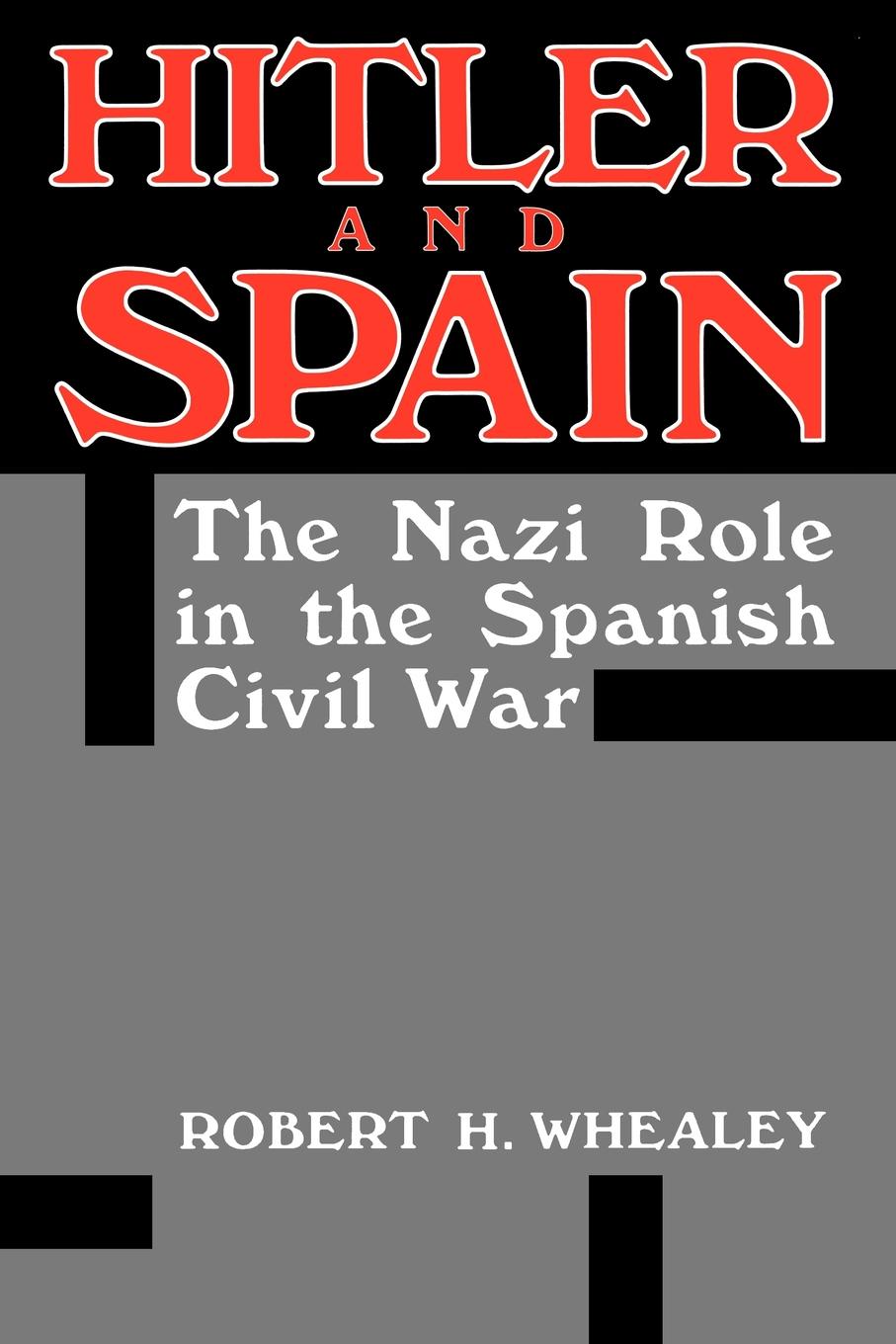



 as.
as.